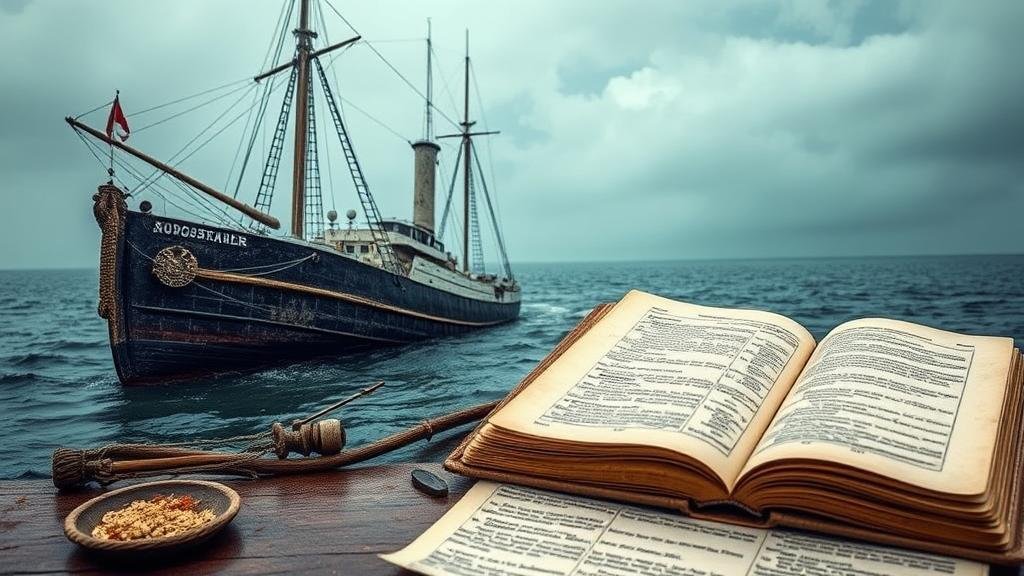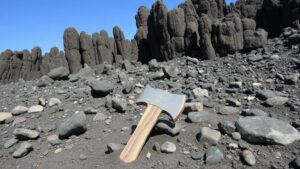How to Locate Sunken Ships Documented in Historical Journals
How to Locate Sunken Ships Documented in Historical Journals
Sunken ships serve as a compelling testament to our maritime history, offering insights into trade, warfare, and exploration. The task of locating these watery graves can often appear daunting, but historical journals provide a critical resource in this endeavor. This article outlines practical methods and strategies for using historical documents to find sunken ships.
The Importance of Historical Journals
Historical journals–whether they be ship logs, diaries of sailors, or navigational records–are invaluable in locating sunken vessels. e documents can reveal details such as the ships last known position, navigational challenges faced during the voyage, and even accounts of shipwrecks. For example, the journals of explorers like Captain James Cook provide insights into maritime routes and perilous locations where ships could have sunk.
Gathering Historical Journals
- Public Archives: Many historical journals are archived in national libraries and state archives. Examples include The National Archives in the UK and The Library of Congress in the USA.
- Museums and Maritime Institutions: Institutions such as the Smithsonian National Museum of American History and maritime museums often have collections of shipwreck accounts.
- Digital Repositories: Websites like the Internet Archive and Project Gutenberg host digitized versions of historical texts, making them readily accessible to individuals and researchers.
Accessing these sources can provide a wealth of information vital for locating sunken ships.
Analyzing Journal Content
Locating sunken ships requires careful reading and analysis of the content within these journals. e are several components to consider:
- Geographical References: Look for latitude and longitude coordinates, names of places, and descriptions of the environment. For example, logs detailing the sinking of the USS Indianapolis in 1945 offer coordinates that can aid in pinpointing its final resting place.
- Environmental Conditions: Reports of storms, reef locations, and other navigation hazards can indicate where ships might have sunk, as evidenced by the loss of the cargo ship MV Hansa in a storm off the coast of Florida.
- Ship’s Cargo and Mission: Understanding the purpose of a ships journey can shed light on possible reasons for its sinking, such as combat, piracy, or mechanical failure. For example, journals from whaling ships document treacherous conditions faced in the Arctic, often resulting in shipwrecks.
Using Technological Aids
Once a potential location is identified through journal analysis, technological tools can greatly enhance search efforts. Commonly employed technologies include:
- Sonar Mapping: Side-scan sonar can create detailed images of the seabed, allowing search teams to detect submerged wrecks. For example, the recovery of the Titanic involved extensive sonar mapping to locate the site.
- Remote Operated Vehicles (ROVs): ROVs equipped with cameras and manipulation capabilities are often utilized for exploration and documentation of wreck sites.
- Geographic Information Systems (GIS): GIS technology can help visualize the data extracted from historical journals and overlay this information on modern maritime charts.
Case Studies in Shipwreck Discovery
Example 1: The SS Republic
The SS Republic was a sidewheel steamship that sank in 1865, and its wreck was located off the coast of Georgia, largely thanks to historical naval logs and passenger accounts. Researchers cross-referenced these journals with modern mapping techniques to determine a target area, leading to a successful recovery of artifacts in 2003.
Example 2: The Atocha
Another dramatic example is the discovery of the Nuestra Señora de Atocha, a Spanish galleon that sank in 1622. Treasure hunter Mel Fisher utilized Spanish naval records and surviving accounts from sailors to triangulate possible locations. His persistent efforts led to the ships discovery in 1985, resulting in the recovery of millions of dollars in gold and silver.
Conclusion: Actionable Takeaways
Locating sunken ships using historical journals is a multifaceted process that combines diligent research, analytical skills, and the right technology. By following these steps:
- Access and gather historical journals from multiple sources.
- Analyze journal content for geographical and environmental clues.
- Use technology to conduct searches based on the information gathered.
These strategies can lead to successful shipwreck discoveries and a deeper understanding of maritime history. Remember that patience and persistency are key, as many wrecks rest in challenging environments awaiting adventurous explorers to uncover their stories.



